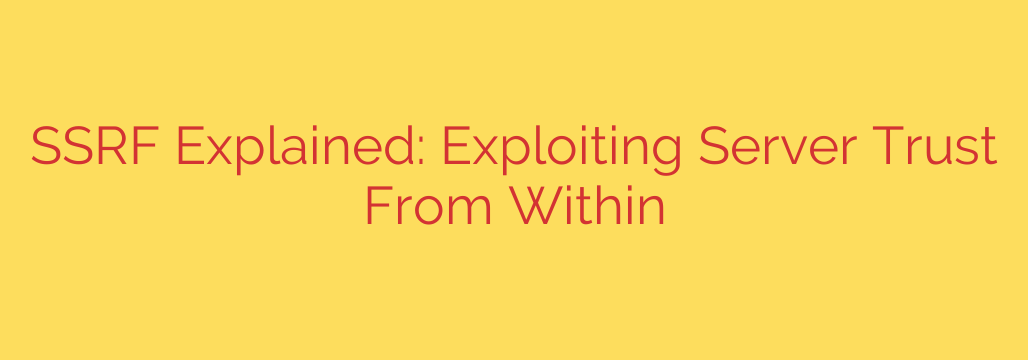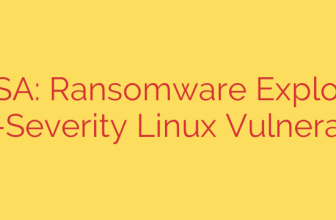
Understanding SSRF (Server-Side Request Forgery)
SSRF, or server-side request forgery, is a critical web application vulnerability that occurs when a server processes user-supplied data to construct a destination request, but fails to properly validate or sanitize that data. This allows an attacker to trick the application into sending malicious requests to unexpected locations.
The core of an SSRF vulnerability lies in exploiting the trust the vulnerable server has, particularly within its own internal network. While the web application might be designed to fetch data from a specific URL (like an image from a remote server), an attacker can manipulate the input URL to point to internal resources, other servers on the same network, or even privileged access APIs accessible only from the server itself.
This can lead to serious consequences, including:
- Accessing internal systems and services that are not exposed to the public internet, bypassing firewalls and other external security measures.
- Scanning internal ports and services to map the internal network.
- Interacting with internal network services like databases, APIs, or management interfaces.
- Exploiting metadata services often found in cloud environments (like AWS EC2’s metadata service) to potentially gain credentials or other sensitive information.
- In some cases, triggering actions or accessing data within the application’s own internal functions or databases.
SSRF exploits often leverage URL schemes beyond standard HTTP/HTTPS, such as file:// to access local files on the server, or gopher:// to craft more complex requests to internal services. A common target is the loopback address (127.0.0.1) or internal IP ranges.
Identifying SSRF can sometimes be challenging, especially with blind SSRF, where the server makes the request but doesn’t return the response directly to the attacker. Detection often relies on out-of-band techniques or monitoring server logs.
Preventing SSRF vulnerabilities requires robust security practices. Key prevention methods include:
- Input validation: Strictly validating user-supplied URLs to ensure they conform to expected formats and protocols.
- Sanitization: Cleaning user input to remove potentially harmful characters or schemes.
- Implementing allowlists (whitelists) of permitted destination IP addresses and ports rather than blocklists (blacklists), which are often bypassed.
- Disabling unused URL schemes (like file:// or gopher://) if not required.
- Ensuring that internal services are not exposed unnecessarily, even to the local network.
- Implementing network segmentation and strict firewall rules to limit the internal access paths available to the web server.
Effective SSRF prevention is crucial for maintaining the security of web applications and the networks they reside in, protecting sensitive internal resources from external threats.
Source: https://blog.sucuri.net/2025/06/understanding-ssrf-abusing-server-trust-from-the-inside-out.html








